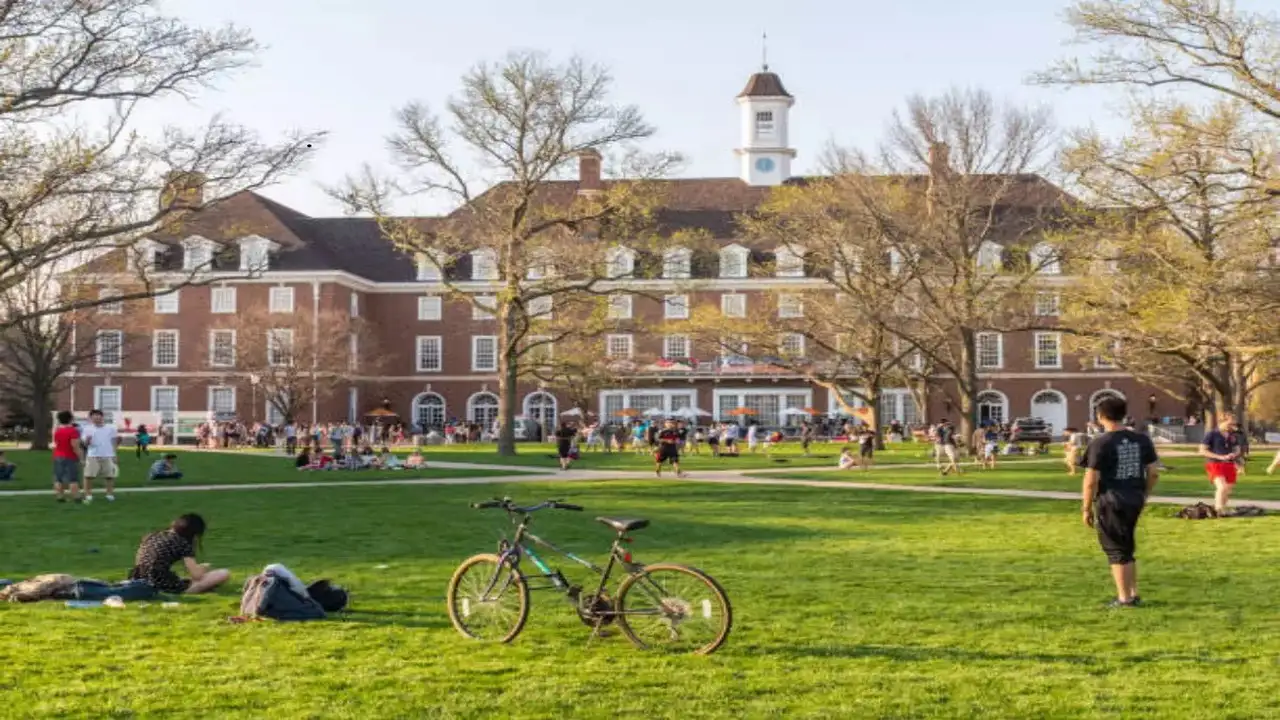
A Shift in Diversity and Inclusion Strategies
Harvard University, one of the most prestigious academic institutions globally, has recently undergone a significant transformation in its approach to diversity, equity, and inclusion (DEI). This move comes amid mounting pressure from federal authorities in the United States, aiming to reshape how universities and corporations address issues related to race, gender, and social justice. In a groundbreaking development, Harvard has decided to replace its traditional DEI offices with initiatives centered around “community and culture.” This strategic pivot reflects broader national debates on the role and scope of DEI efforts in higher education and the potential implications for institutional policies nationwide.
Background: The Rise and Critique of DEI Initiatives
Over the past decade, DEI offices have played a pivotal role in fostering inclusive environments within academic institutions. These offices have initiated programs, policies, and research aimed at promoting representation and confronting disparities faced by marginalized groups. However, the effectiveness and scope of DEI efforts have come under scrutiny, especially from conservative policymakers and groups advocating for a more merit-based and colorblind approach to education and employment.
Critics argue that DEI initiatives sometimes lead to divisiveness, reverse discrimination, or undermine principles of individual achievement. As a result, some federal policymakers have intensified their scrutiny, seeking to influence or limit how universities implement DEI policies. This political climate has created a challenging environment where institutions like Harvard are compelled to reevaluate their diversity strategies.
The Federal Pressure and Harvard’s Response
Recent reports, including a detailed article from the Times of India, highlight the increasing federal pressure on Harvard and similar institutions. These pressures revolve around regulations and directives aimed at limiting diversity programs perceived as potentially discriminatory or preferential. Under this mounting political and administrative scrutiny, Harvard has chosen to pivot away from traditional DEI offices.
Instead, Harvard is replacing these offices with initiatives that emphasize **“community and culture”**. According to sources familiar with this strategic shift, the goal is to foster inclusive environments without explicitly framing the efforts within the traditional DEI paradigms. The new approach seeks to be more aligned with broader community-building objectives while navigating the complex regulatory landscape.
What Does “Community and Culture” Encompass?
Redefining Inclusivity
The concept of “community and culture” centers on creating spaces that celebrate shared interests, histories, and values rather than solely focusing on race, gender, or ethnicity. This approach aims to promote a sense of belonging among students and staff through:
- Cultural awareness programs
- Community outreach initiatives
- Intercultural dialogues
- Events that highlight diverse cultural traditions
Fostering Mutual Understanding
By emphasizing **community bonds** and **cultural appreciation**, Harvard intends to encourage dialogue and understanding across different backgrounds. This shift aims to reduce polarization and foster a more cohesive campus environment, where respect for diverse perspectives is built through shared experiences rather than mandated policies.
Aligning with Political and Administrative Expectations
The move also appears to be a strategic response to federal mandates that scrutinize the scope and funding of DEI programs. By branding its initiatives as “community and culture,” Harvard hopes to maintain its reputation for inclusivity while adhering to new regulatory constraints.
Implications for Higher Education and Broader Society
Potential for Replication in Other Institutions
If Harvard’s new approach proves successful, it may set a precedent for other universities grappling with similar federal pressures. Institutions may increasingly adopt community-centered strategies that align with political expectations while still promoting inclusive environments. This could lead to a fundamental shift in how diversity is conceptualized and implemented in higher education.
Debate Over Effectiveness and Goals
Critics argue that replacing DEI offices with community and culture initiatives might dilute efforts to address systemic inequalities. They contend that such initiatives risk becoming symbolic gestures rather than substantive reforms. Conversely, supporters believe this approach can foster genuine connection and understanding, which are core to long-term social cohesion.
Political and Social Ramifications
The redefinition of diversity efforts also reflects ongoing political debates about “meritocracy,” “bias,” and the role of government in shaping social policies. Harvard’s shift symbolizes a broader tension: balancing institutional priorities with political expectations while trying to remain true to foundational values of equity and inclusion.
Conclusion: Navigating the Future of Diversity Initiatives
Harvard’s decision to replace its DEI offices with “community and culture” initiatives marks a notable turning point in higher education’s approach to diversity. It underscores the influence of federal politics on institutional strategies and raises important questions about the future direction of inclusion efforts. As universities navigate this complex landscape, the emphasis may increasingly shift toward community-driven and cultural engagement models that aim to foster belonging without attracting political backlash.
Ultimately, the success of this new approach will depend on Harvard’s ability to genuinely cultivate inclusive environments that resonate with students, staff, and broader societal values. Whether this transformation will lead to a more harmonious and equitable campus remains to be seen, but it undeniably signals a significant evolution in how diversity and inclusion are conceptualized and operationalized.
For more updated news please keep visiting Prime News World.









